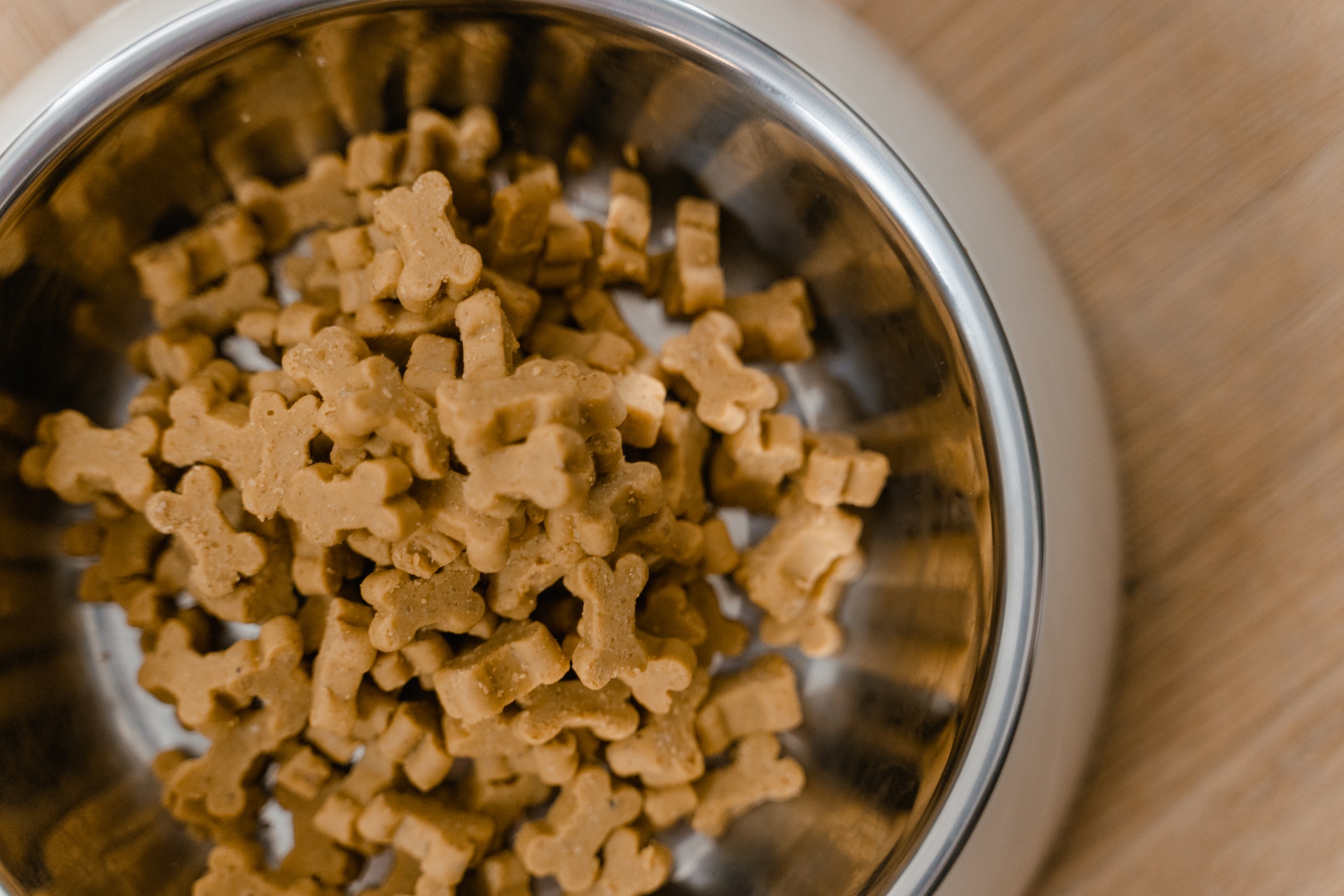Do you intend to switch dog food brands or types just because they are more affordable? Or perhaps your dog has been experiencing gastrointestinal problems, and you want to try a new meal. Whatever the motivation behind the switch, you must go very gradually to give your dog’s stomach time to become used to his new diet.
How To Switch Dog Food Gradually
The ideal way to switch your dog’s diet is to mix the old and new foods together for at least five days. This enables the digestive system of your dog to adapt without experiencing any gastrointestinal problems. When changing your dog’s diet, wait at least a week whenever possible. Mix the new and old foods in the following proportions:
Day 1: Begin the gradual switch by feeding your dog 90% of the old food and 10% of the new food.
Day 2: This day, add 80% of the old food while increasing the new food by 20%.
Day 3 – You may now feed your dog 30% new food and 70% of the old food on Day 3.
Day 4: On the fourth day, up the new food to 40% and cut the old food to 60%.
Day 5: On day 5, add 40% of the old food and 60% of the new food.
Day 6 – On day 6, add 20% of the old food and up the new food to 80%.
Day 7: Your dog should still be able to utilize 100% of the new food because they should have grown accustomed to it.
If your dog has previously experienced issues with dietary changes or if the new food is significantly different from the old (such as transitioning from a dry salmon-based meal to a wet chicken-based food), you may want to proceed even more cautiously. Make the change even more gradually and go back to the previous diet if your dog ever stops eating, vomits, or has diarrhea throughout this procedure. If your dog’s symptoms persist after returning to their previous food, consult your veterinarian for assistance.
Quick Dog Food Switch
There are occasions when you must switch your dog’s diet immediately. Using this technique, healthy adult dogs can safely skip a few meals if they reject one or two servings of the new food. If, after two days, your dog is still refusing to eat or if they have ever experienced vomiting or diarrhea, switch to a new brand of food or seek advice from your vet.
Day 1, Meal 1: Offer only a portion of the new food—roughly a quarter of what they would typically consume at a meal. Pick up the food and don’t give it to your dog again until their next meal if they haven’t eaten it after 30 minutes.
Day 1, Meal 2: Give your dog more of the new food if they enjoyed their last meal. Offer your dog a small quantity of the new food if they didn’t consume their last meal. Pick it up and don’t serve any more food until their next meal if they don’t finish it within 30 minutes.
Day 2: Meal 1: Give your dog more of the new food if they enjoyed their last meal. Offer your dog a small quantity of the new food if they didn’t consume their last meal. Pick it up and don’t serve any more food until their next meal if they don’t finish it within 30 minutes.
Day 2, Meal 2: Give your dog more of the new food if they enjoyed their last meal. Offer your dog a small quantity of the new food if they didn’t consume their last meal. Pick it up and don’t serve any more food until their next meal if they don’t finish it within 30 minutes. Day 2, Meal 3: If your dog ate their last meal well, give them a serving of the new food that is typical of a meal.











